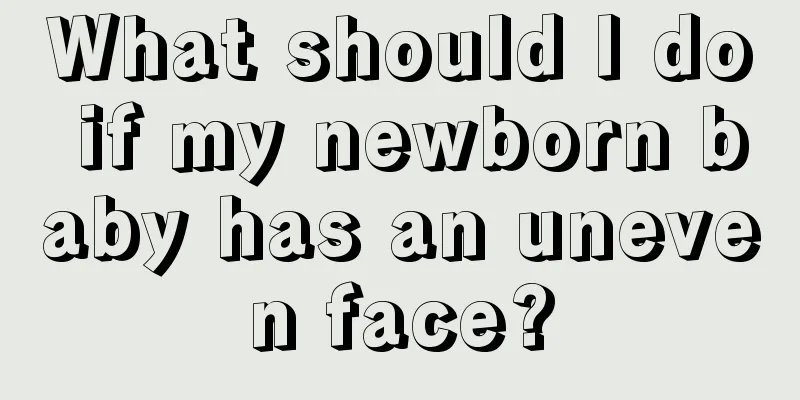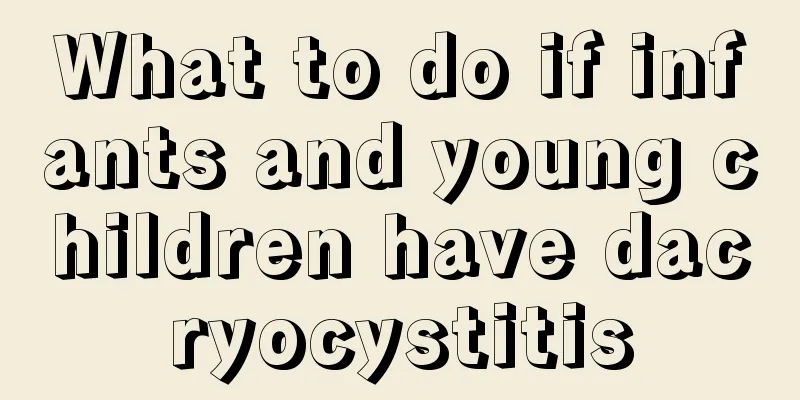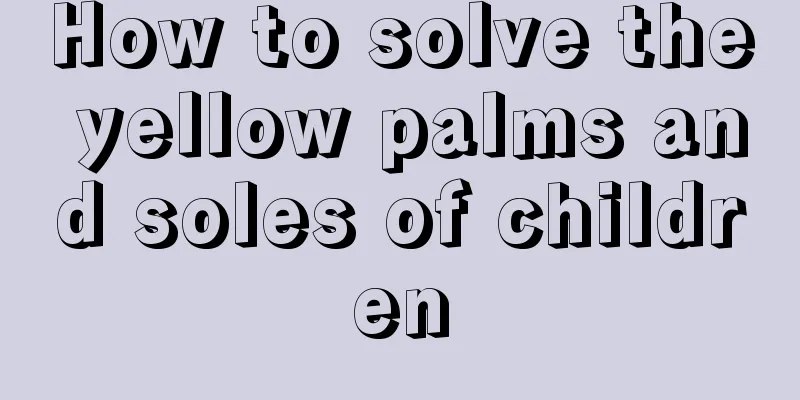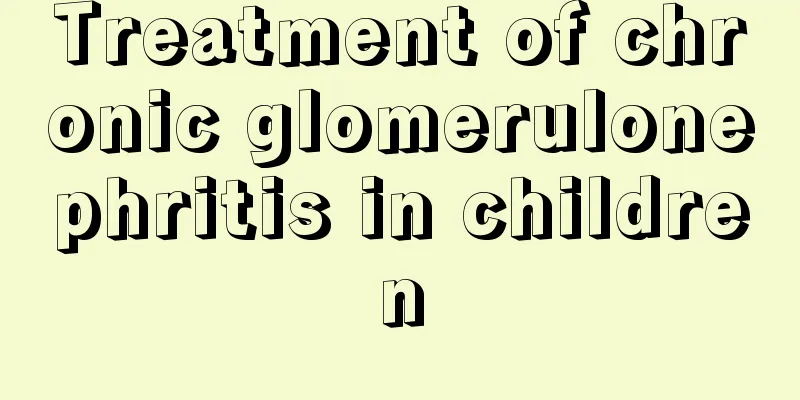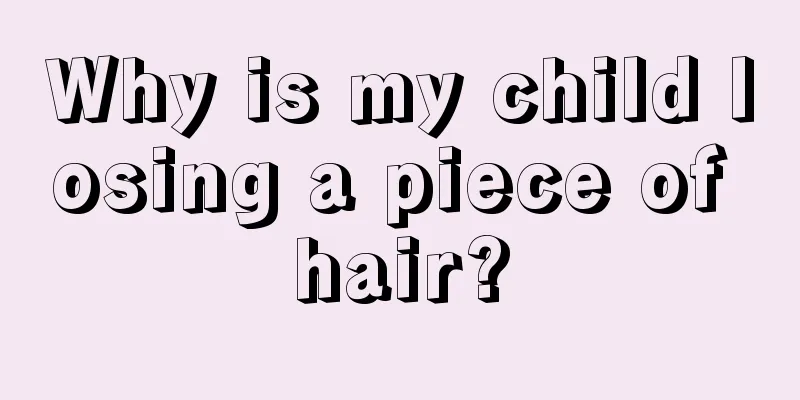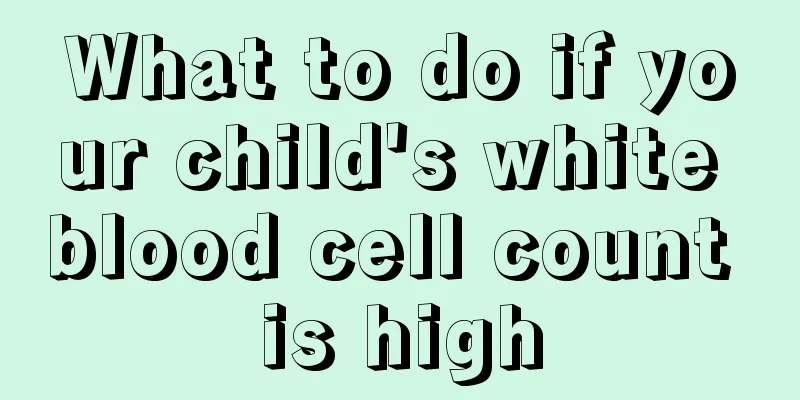What are the symptoms of tracheitis in children
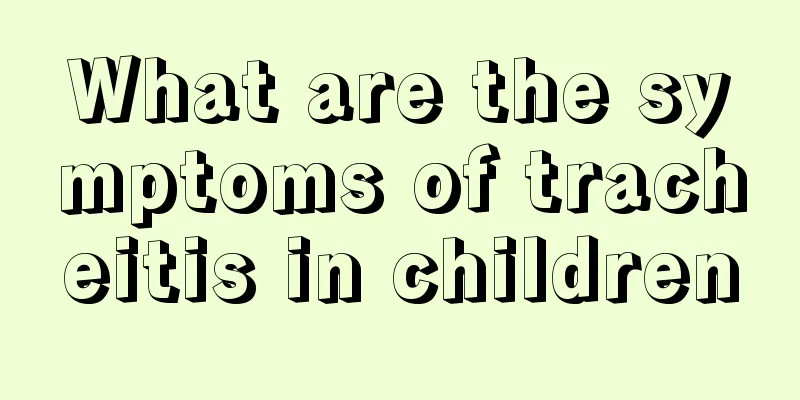
|
Bronchitis is very common in children, especially in autumn and winter. The most typical symptoms of bronchitis are coughing, sputum and wheezing. Children with bronchitis must be treated as soon as possible to avoid it turning into pneumonia. 1. Bronchitis is very common in children, mostly secondary to upper respiratory tract infection. At the beginning of the disease, there are symptoms of upper respiratory tract infection, such as nasal congestion and runny nose, followed by intermittent dry cough. At the beginning of the disease, respiratory secretions increase, and the cough is accompanied by phlegm. The phlegm is initially sticky and quickly turns into purulent phlegm. After 5-10 days, the phlegm becomes thinner and the cough gradually disappears. When the disease occurs, there may be no fever or a fever of around 38.5℃, and the fever will subside after 2-4 days. 2. In infancy, there is a special type of bronchitis called asthmatic bronchitis, which is more common in obese children under 2 years old, who often have a history of eczema and allergies. Asthma symptoms appear soon after onset and may recur. Generally, the symptoms disappear by the time the child reaches school age. Only a few develop bronchial asthma when they are older. The cause of the disease may be that the child is allergic to the infection, which manifests as bronchial spasm and causes wheezing. 3. Children with bronchitis should pay attention to rest, keep the air circulating in the bedroom, and maintain appropriate temperature and humidity. Give easily digestible food and drink plenty of boiled water. Provide vitamin B complex and vitamin C, 1 tablet each time, 3 times a day. Children with chronic and recurrent illnesses should be given vitamin AD, 1 tablet each time, 2-3 times a day. For young and weak children with mild symptoms, they can take sulfonamides or penicillins orally, and use certain expectorants and cough suppressants to achieve a synergistic therapeutic effect. 4. Children's bronchitis can also be treated by TCM differentiation of symptoms: (1) Wind-cold type: cough, itchy throat, thin white sputum, nasal congestion, clear mucus, body pain, floating and tight pulse, thin white tongue coating. Use Xingsu Powder with added ingredients: 3g perilla leaf, 3g tangerine peel, 4.5g pinellia tuber, 9g huoling root, 3g liquorice root, 4.5g tangerine peel, 3g peppermint root, 9g lung wind grass, 3g angelica root, 4.5g peucedanum. Decoction in water, twice a day. (2) Wind-heat type: cough with yellow sputum that is difficult to cough up, thirst, fever, sweating, rapid pulse, yellow tongue coating with reddish color. Use Wen Dan Tang with added ingredients: 2 g of Ephedra sinica, 3 g of Apricot kernel, 6 g of Perilla seed, 9 g of Morus alba, 15 g of Rhizoma Anemarrhenae, 15 g of Houttuynia cordata, 6 g of Platycodon grandiflorum, 3 g of Rhizoma Cibotii, and 6 g of Scutellaria baicalensis. Decoction in water and take twice a day. |
<<: What are the symptoms of hand, foot and mouth disease encephalitis?
>>: What foods should children not eat too much?
Recommend
What should I do if my child has poor resistance?
Everyone must know what resistance is. Resistance...
When will children grow taller?
Before we can enjoy our children's innocence ...
Is moderate anemia serious in children?
Anemia often occurs in some women in life. After ...
What is the dietary therapy for anemia in children?
In life, many mothers may encounter the phenomeno...
Conservative treatment of adenoid hypertrophy in children
Adenoids hypertrophy is a very common disease. Th...
Why are children so stupid?
I believe that every parent hopes that their chil...
Symptoms and treatment of laryngitis in children
We all know that pediatric laryngitis is a very c...
Dry and bleeding stool in children
We all know that the digestive system of babies i...
What are the side effects of taking Astragalus for children?
When children's bodies are fragile, their res...
What are the early symptoms of autism in children?
The discovery of autism in young children should ...
Can children eat mangoes when they have a cough? Why?
If a child has a cough, whether he can eat mangoe...
A brief discussion on the benefits of children learning to swim
Although there are fewer large rivers and lakes n...
How to overcome phobia after a child is frightened?
I believe everyone knows that children’s hearts a...
What should I do if my child has asthma?
Asthma is a very common respiratory disease. Many...
What to do if your child has white spots on his body
Every child is a treasure in a family. It is inev...
